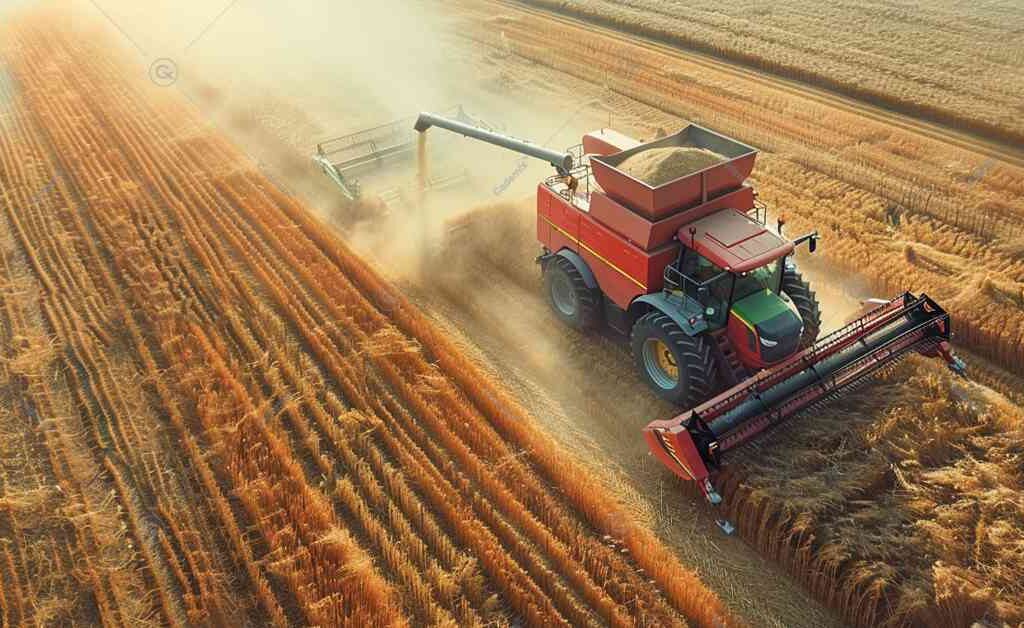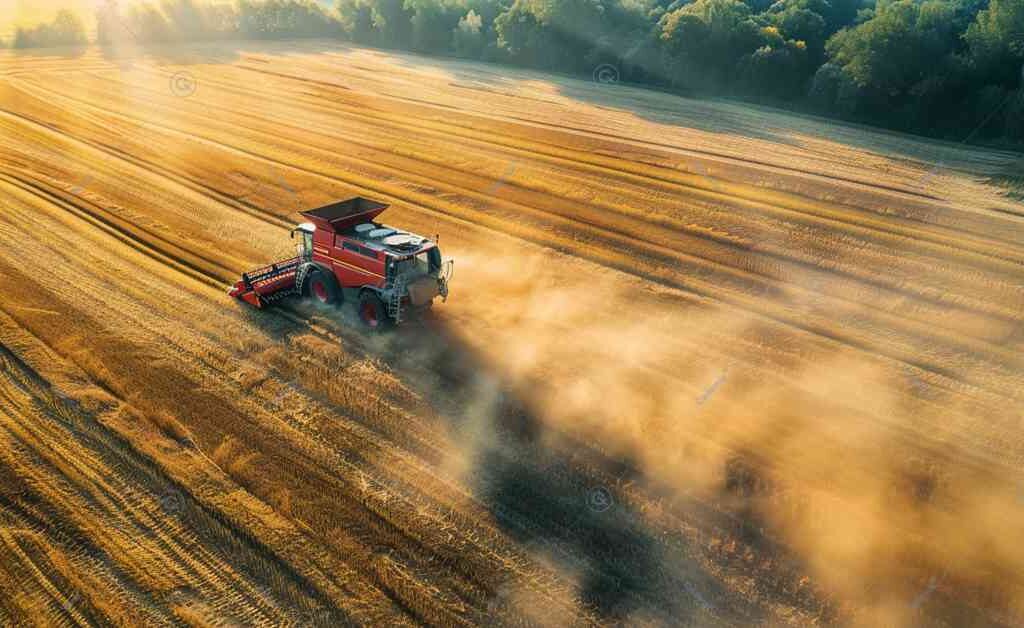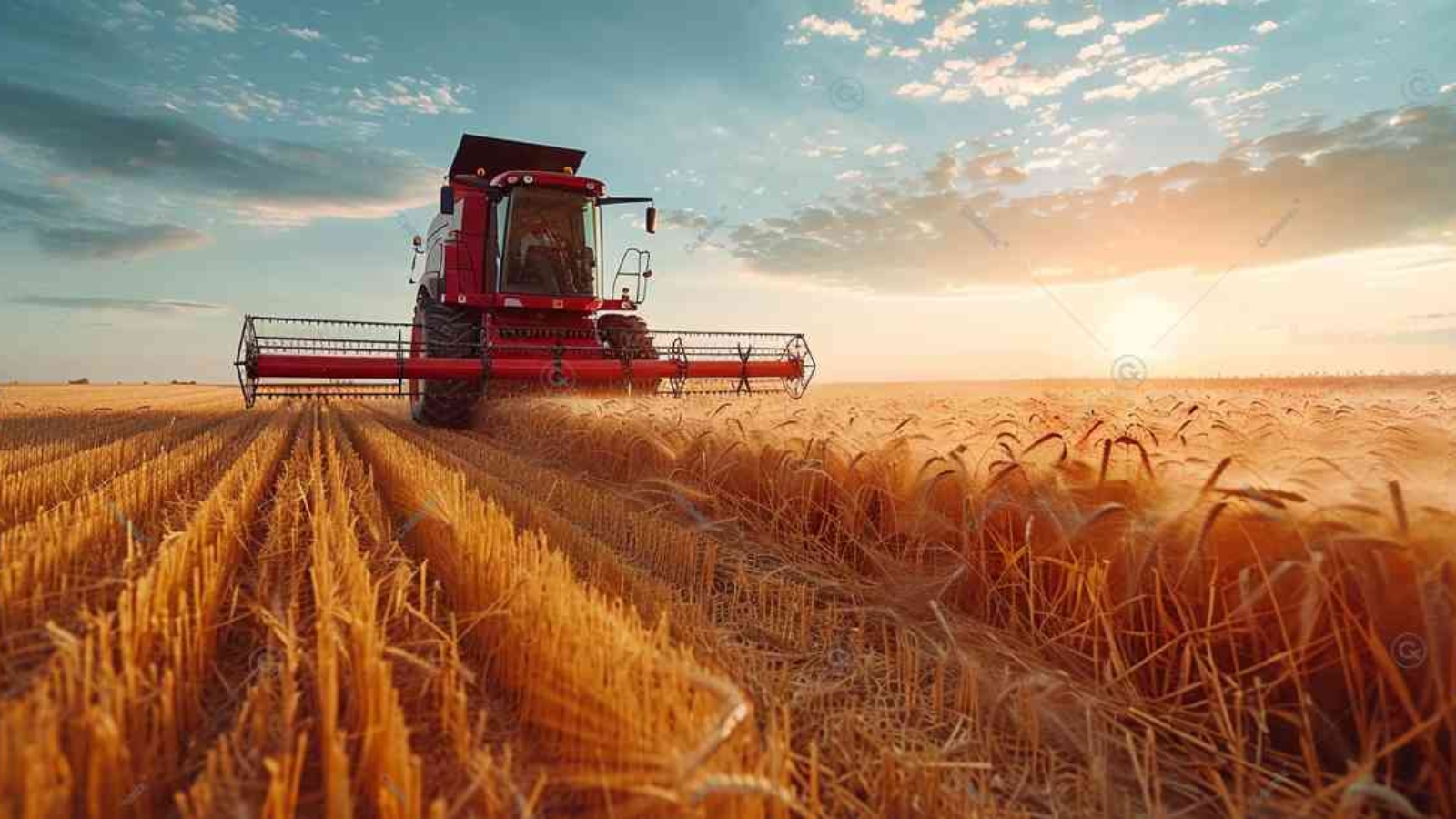The agricultural landscape has seen significant transformations over the past few decades, with the rise of big farms playing a pivotal role. These large-scale agricultural enterprises are characterized by extensive landholdings, advanced technology, and substantial financial investment. This article delves into the dynamics of big farms, examining their impact on food production, economic viability, and sustainability.
Keywords: big farm, large-scale agriculture, modern farming, agricultural enterprises, food production, farm sustainability, advanced farming technology, economic impact

Understanding Big Farms
Big farms, often referred to as industrial or corporate farms, represent a significant shift from traditional family-run operations to large-scale agricultural enterprises. This transformation is driven by the need for increased efficiency, higher productivity, and the ability to meet the growing global demand for food.
Characteristics of Big Farms
- Extensive Landholdings: Big farms typically encompass hundreds or even thousands of acres, allowing for large-scale cultivation and livestock rearing.
- Advanced Technology: These farms employ cutting-edge technology, including GPS-guided equipment, automated irrigation systems, and precision farming techniques.
- Significant Investment: The capital required to establish and maintain a big farm is substantial, covering land acquisition, machinery, labor, and inputs.
The Evolution of Big Farms
The evolution of big farms can be traced back to several key factors:
- Technological Advancements: Innovations in agricultural technology have enabled farmers to manage larger operations more efficiently.
- Economic Pressures: Market demands and economic pressures have pushed small farms to consolidate into larger entities to remain competitive.
- Global Food Demand: The increasing global population and demand for food have necessitated more intensive farming practices to ensure food security.
Economic Impact of Big Farms
Big farms have a profound impact on the economy, influencing various aspects of food production, employment, and rural development.
Contribution to Food Production
- High Productivity: Big farms often achieve higher yields due to economies of scale and advanced farming practices.
- Supply Chain Integration: These farms are integrated into larger supply chains, ensuring a steady flow of agricultural products to markets.
Employment and Labor Dynamics
- Job Creation: While big farms create jobs, the nature of employment often shifts from traditional farming roles to more specialized and technical positions.
- Labor Efficiency: The use of machinery and automation reduces the need for manual labor, impacting the employment landscape in rural areas.
Rural Development
- Infrastructure Improvement: Big farms contribute to the development of rural infrastructure, including roads, storage facilities, and processing plants.
- Economic Stimulation: The presence of large farms stimulates local economies through increased spending and investment.
Sustainability and Environmental Considerations
The sustainability of big farms is a topic of ongoing debate, with concerns about environmental impact and long-term viability.
Are you also keen on Exploring the Future of Farming?
Environmental Impact
- Resource Use: Big farms require significant amounts of water, energy, and inputs, raising concerns about resource depletion and environmental degradation.
- Biodiversity Loss: Large-scale monoculture practices can lead to biodiversity loss and soil health decline.
Sustainable Practices
- Precision Agriculture: Implementing precision farming techniques can optimize resource use and reduce environmental impact.
- Integrated Pest Management: Adopting integrated pest management (IPM) strategies helps minimize the use of chemical pesticides.
Balancing Productivity and Sustainability
- Research and Innovation: Ongoing research into sustainable farming practices and technology can help big farms balance productivity with environmental stewardship.
- Policy and Regulation: Government policies and regulations play a crucial role in promoting sustainable practices and mitigating negative environmental effects.

Case Studies of Big Farms
Examining real-world examples of big farms provides insights into their operations, challenges, and successes.
Case Study 1: Bowery Farming, USA
Bowery Farming is a leading example of a modern big farm utilizing vertical farming techniques. By growing crops in controlled, indoor environments, Bowery Farming maximizes space and resources while minimizing environmental impact. Their use of technology, including AI and machine learning, allows for precise control over growing conditions, resulting in high yields and resource efficiency.
Case Study 2: Olam International, Global
Olam International operates large-scale farms across multiple continents, producing a wide range of agricultural commodities. Olam’s approach emphasizes sustainability, with initiatives focused on water conservation, soil health, and community engagement. Their comprehensive sustainability strategy aims to balance economic viability with environmental and social responsibility.

Conclusion and Call to Action
Big farms are reshaping the agricultural landscape, offering both opportunities and challenges. While they contribute significantly to food production and economic development, their sustainability and environmental impact require careful consideration and management.
For those interested in exploring careers or investment opportunities in large-scale agriculture, it is crucial to stay informed about the latest advancements and sustainable practices. At Cademix, we offer a range of educational programs and consultancy services designed to support professionals and businesses in the agricultural sector.
Discover our Cademix Career Autopilot program and learn how we can assist you in navigating the complexities of modern agriculture. For more information on sustainable farming practices and the future of big farms, visit The Food and Agriculture Organization (FAO) and The World Bank’s Agriculture and Food resources.

